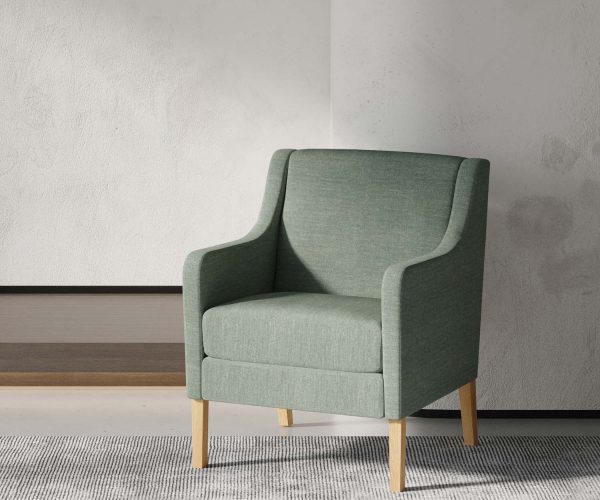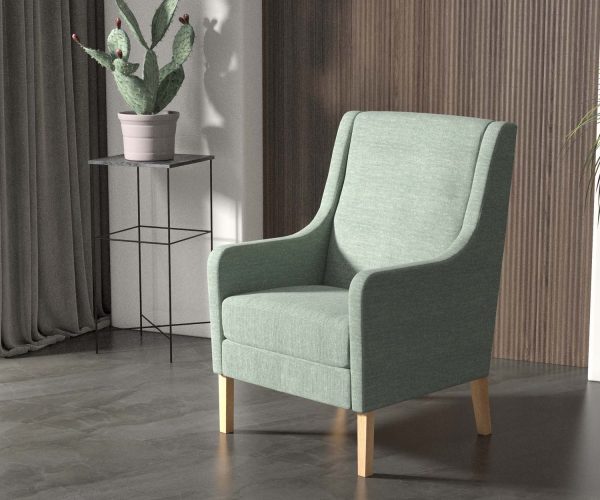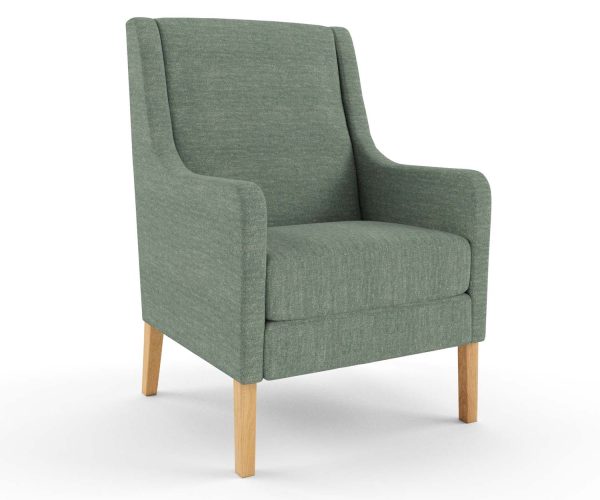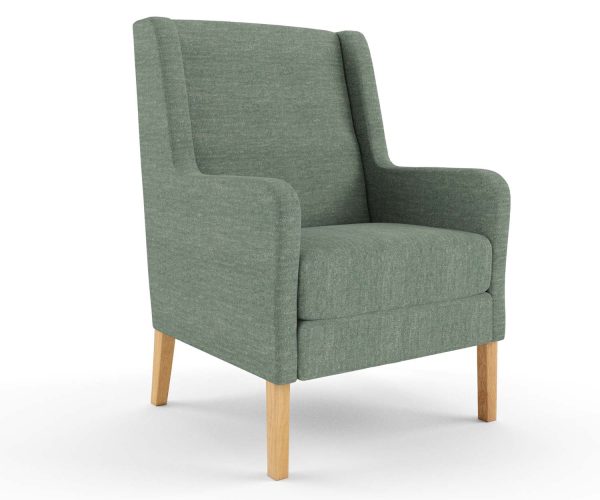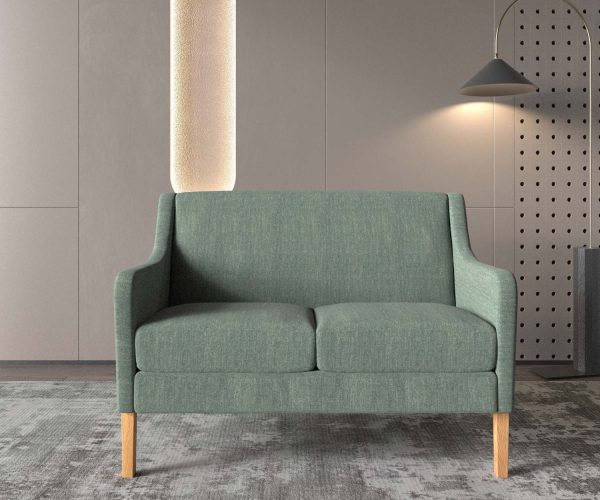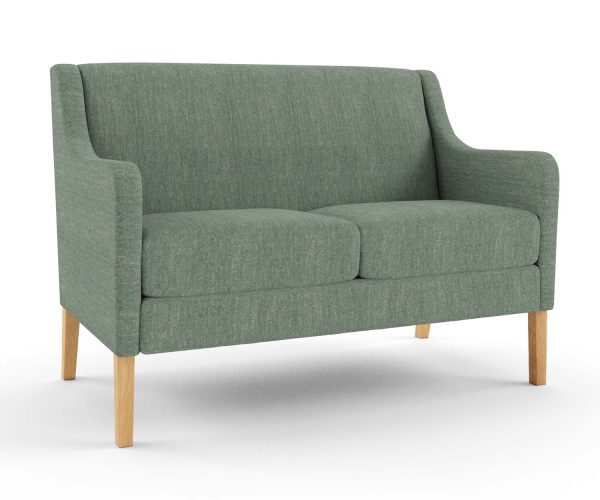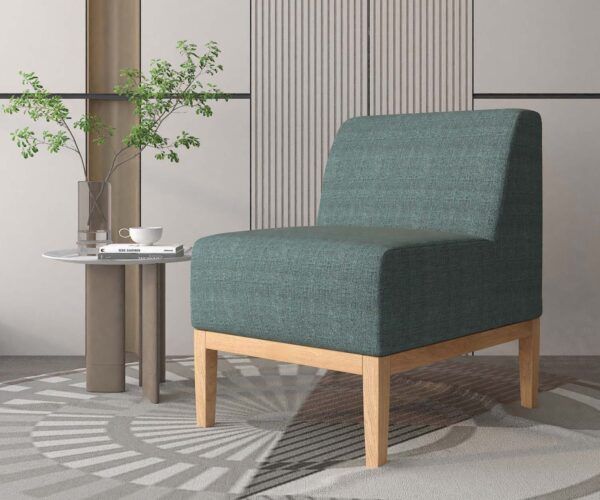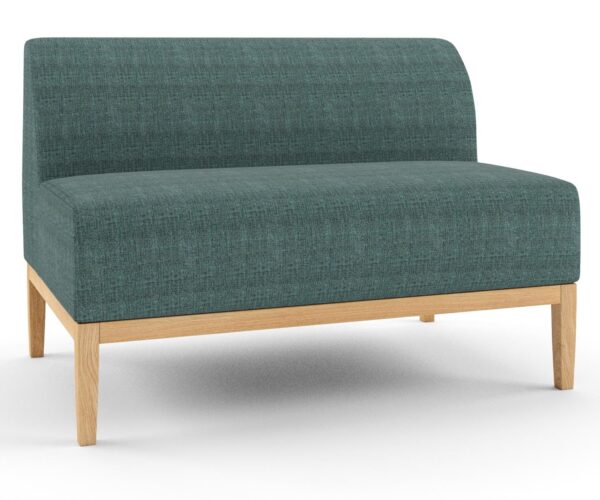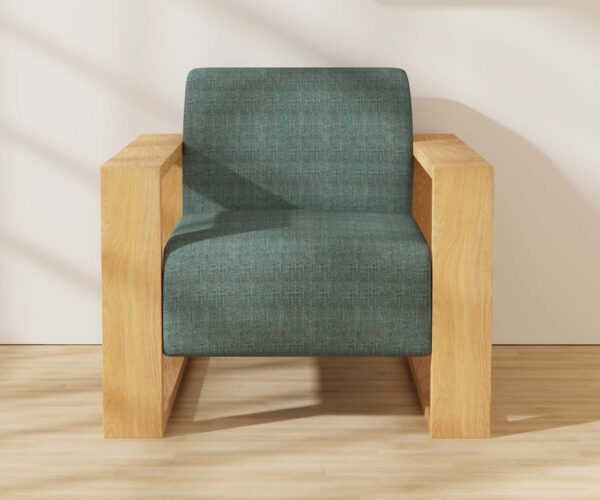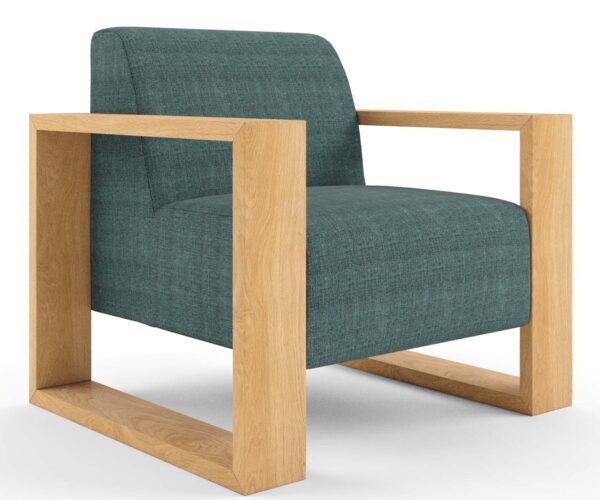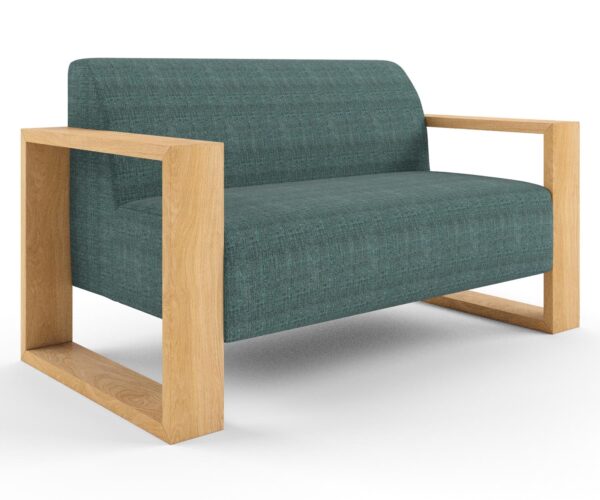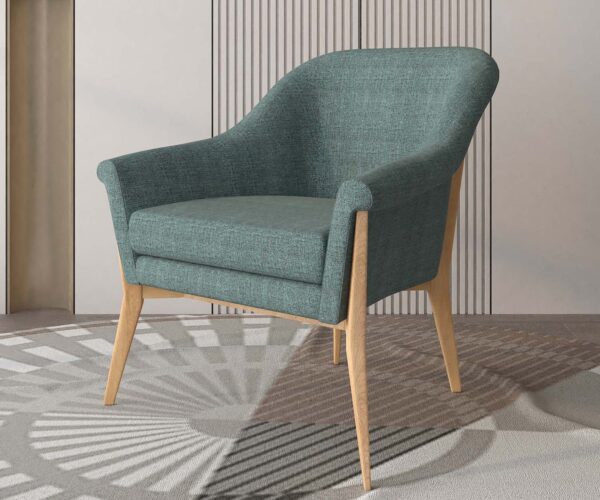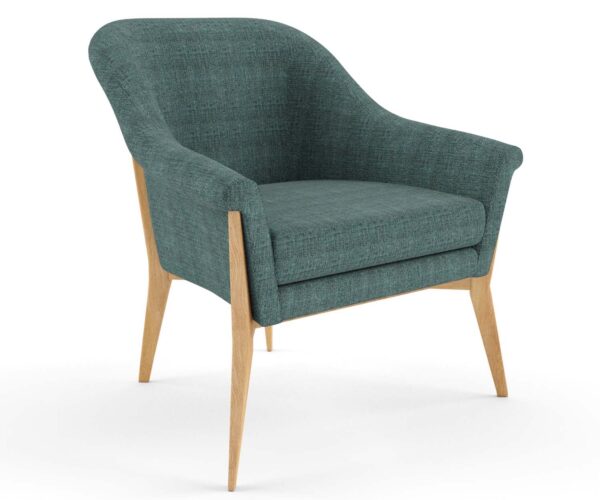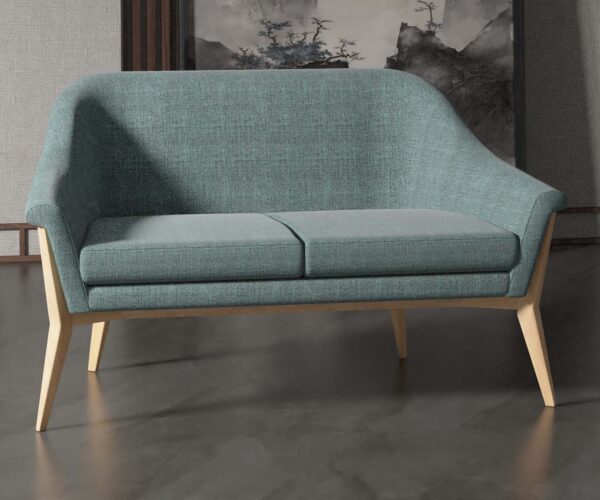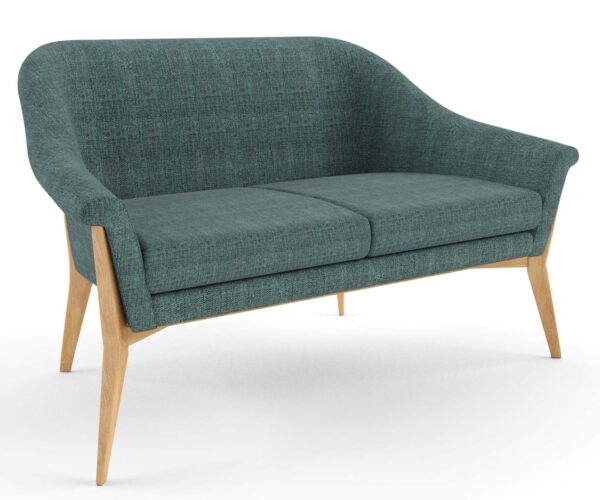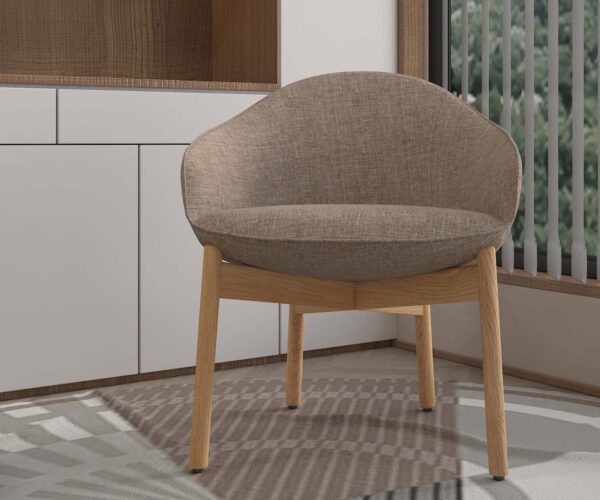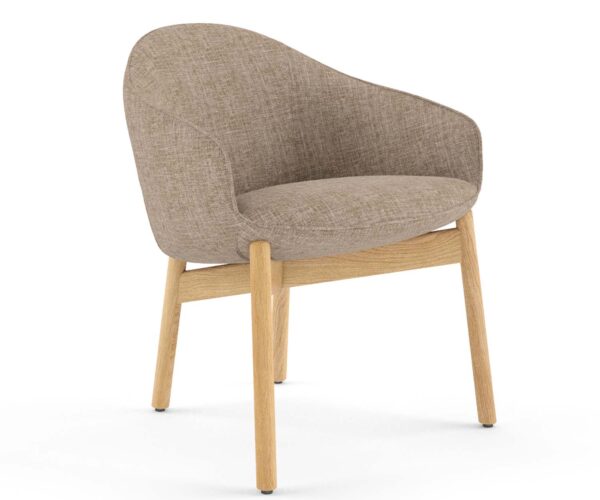Upholding Duty of Care in Australia’s Aged Care Facilities Through Furniture

Every decision in aged care carries immense responsibility, and the importance of furniture cannot be overstated. It is more than just somewhere for aged care residents to rest and relax; it is a critical component of upholding an aged care provider’s duty of care to their clients, ensuring safety, respect, and overall wellness for seniors living in Australia’s aged care facilities.
About Duty of Care in Aged Care
Aged care exists to help vulnerable people, and this vulnerability increases the duty of care that Aged Care Providers have to their residents.
Here is an overview of duty of care in aged care:
- Definition of Duty of Care: According to the Australian Government Department of Health and Aged Care, duty of care in an aged care setting means ensuring your actions or inactions do not result in harm or injury to the person receiving care. It means taking reasonable measures to protect, or at least not cause foreseeable harm, to another person or their property. Working in the aged or disability sector, you have a legal and moral responsibility to keep the people you support safe from harm while using your service or in your care.
- Legislation: The codification of common law expectations of duty of care in aged care exists within a number of state-based legislations across Australia. For example, in Queensland, there is the Civil Liability Act 2003 and in New South Wales, it is the Aged Care Act 1997 that sets minimum standards of care.
- Responsibilities of Providers and Workers: Responsibilities include ensuring resident safety through medication management, wound care, meal assistance, fall prevention, hydration, progress notes, and prompt addressing of resident concerns.
- Client Rights: Residents have rights outlined in the Charter of Aged Care Rights, including safe and high-quality care, dignity, freedom from neglect and abuse, information access, decision-making autonomy, independence, privacy, grievance avenues, and the ability to exercise rights without repercussions.
- Dignity of Risk: Residents have the right to take risks that improve their quality of life, but providers must balance this with ensuring safety and minimizing foreseeable harm.
- Breaches and Complaints: Breaches occur when a foreseeable and significant risk is not mitigated. Residents can lodge complaints through the My Aged Care website, or the injured person can file a compensation claim.
- Standard of Care: Aged care facilities must meet a reasonable standard of care, not necessarily perfection, judged by what a reasonable person would do in the circumstances.
Understanding these points is crucial for both aged care providers and workers to ensure that the safety, well-being, and rights of elderly residents are upheld according to Australian laws and regulations.
The Intersection of Duty of Care and Furniture
Furniture plays a pivotal role in aged care, helping fulfil the duty of care owed to residents. Aged care services must ensure that furniture is safe, comfortable, accessible, hygienic, and supportive of residents’ dignity and independence. Aged care providers must prioritize the selection, maintenance, and use of furniture in accordance with duty of care principles to promote residents’ well-being and safety.
Here’s how duty of care relates to furniture in the context of aged care:
- Safety: Furniture must be safe for use by elderly residents to prevent accidents and injuries. Duty of Care requires aged care providers to ensure that furniture meets safety standards, such as stability, weight-bearing capacity, and the absence of sharp edges or protrusions.
- Comfort: Aged care residents spend significant time seated or lying down. Duty of care entails providing comfortable furniture to promote their well-being and physical health, including ergonomic chairs, supportive mattresses, and pressure-relieving cushions.
- Accessibility: Furniture should be accessible to residents with mobility challenges or disabilities. Duty of care requires aged care facilities to provide furniture that accommodates the needs of residents, such as adjustable beds, height-adjustable chairs, and grab bars for support.
- Hygiene and Cleanliness: Duty of care mandates maintaining a clean and hygienic environment to prevent the spread of infections. Furniture should be easy to clean and disinfect and made with materials, including upholstery fabrics, that resist staining and microbial growth.
- Fall Prevention: Falls are a significant risk for elderly residents. Duty of care involves selecting furniture that minimizes the risk of falls, such as chairs with armrests for support, non-slip flooring around furniture, and beds with adjustable heights to aid transfers.
- Dignity and Independence: Duty of care includes respecting the dignity and promoting the independence of aged care residents. Furniture should facilitate residents’ autonomy and comfort, allowing them to move around freely and engage in daily activities without unnecessary assistance.
- Maintenance and Inspection: Aged care providers have a duty of care to regularly inspect and maintain furniture to ensure its continued safety and functionality. This includes checking for signs of wear and tear, loose components, or structural weaknesses that could pose risks to residents.
- Compliance with Regulations: Duty of care requires aged care providers to adhere to relevant regulations and standards regarding furniture in aged care facilities. This includes compliance with building codes, fire safety regulations, and disability access requirements.
Upholding the duty of care in Australia’s aged care facilities isn’t just about meeting legal obligations; it’s about honouring every resident’s inherent worth and humanity. In terms of furniture, that means ensuring that it is safe, comfortable, accessible, hygienic, and supportive of residents’ dignity and independence. Aged care providers must prioritize the selection, maintenance, and use of furniture in accordance with these principles to promote residents’ well-being and safety.
Legal Disclaimer: The information available on our site is not and should not be regarded as legal advice. Users should seek their own legal advice where appropriate. Every effort is made to ensure that the material is accurate and up to date. However, we do not guarantee or warrant the accuracy, completeness, or currency of the information provided.
Australian Made Furniture: Designed for Longevity in Aged Care Settings
More News
Upholding Duty of Care in Australia’s Aged Care Facilities Through Furniture

Every decision in aged care carries immense responsibility, and the importance of furniture cannot be overstated. It is more than just somewhere for aged care residents to rest and relax; it is a critical component of upholding an aged care provider’s duty of care to their clients, ensuring safety, respect, and overall wellness for seniors living in Australia’s aged care facilities.
About Duty of Care in Aged Care
Aged care exists to help vulnerable people, and this vulnerability increases the duty of care that Aged Care Providers have to their residents.
Here is an overview of duty of care in aged care:
- Definition of Duty of Care: According to the Australian Government Department of Health and Aged Care, duty of care in an aged care setting means ensuring your actions or inactions do not result in harm or injury to the person receiving care. It means taking reasonable measures to protect, or at least not cause foreseeable harm, to another person or their property. Working in the aged or disability sector, you have a legal and moral responsibility to keep the people you support safe from harm while using your service or in your care.
- Legislation: The codification of common law expectations of duty of care in aged care exists within a number of state-based legislations across Australia. For example, in Queensland, there is the Civil Liability Act 2003 and in New South Wales, it is the Aged Care Act 1997 that sets minimum standards of care.
- Responsibilities of Providers and Workers: Responsibilities include ensuring resident safety through medication management, wound care, meal assistance, fall prevention, hydration, progress notes, and prompt addressing of resident concerns.
- Client Rights: Residents have rights outlined in the Charter of Aged Care Rights, including safe and high-quality care, dignity, freedom from neglect and abuse, information access, decision-making autonomy, independence, privacy, grievance avenues, and the ability to exercise rights without repercussions.
- Dignity of Risk: Residents have the right to take risks that improve their quality of life, but providers must balance this with ensuring safety and minimizing foreseeable harm.
- Breaches and Complaints: Breaches occur when a foreseeable and significant risk is not mitigated. Residents can lodge complaints through the My Aged Care website, or the injured person can file a compensation claim.
- Standard of Care: Aged care facilities must meet a reasonable standard of care, not necessarily perfection, judged by what a reasonable person would do in the circumstances.
Understanding these points is crucial for both aged care providers and workers to ensure that the safety, well-being, and rights of elderly residents are upheld according to Australian laws and regulations.
The Intersection of Duty of Care and Furniture
Furniture plays a pivotal role in aged care, helping fulfil the duty of care owed to residents. Aged care services must ensure that furniture is safe, comfortable, accessible, hygienic, and supportive of residents’ dignity and independence. Aged care providers must prioritize the selection, maintenance, and use of furniture in accordance with duty of care principles to promote residents’ well-being and safety.
Here’s how duty of care relates to furniture in the context of aged care:
- Safety: Furniture must be safe for use by elderly residents to prevent accidents and injuries. Duty of Care requires aged care providers to ensure that furniture meets safety standards, such as stability, weight-bearing capacity, and the absence of sharp edges or protrusions.
- Comfort: Aged care residents spend significant time seated or lying down. Duty of care entails providing comfortable furniture to promote their well-being and physical health, including ergonomic chairs, supportive mattresses, and pressure-relieving cushions.
- Accessibility: Furniture should be accessible to residents with mobility challenges or disabilities. Duty of care requires aged care facilities to provide furniture that accommodates the needs of residents, such as adjustable beds, height-adjustable chairs, and grab bars for support.
- Hygiene and Cleanliness: Duty of care mandates maintaining a clean and hygienic environment to prevent the spread of infections. Furniture should be easy to clean and disinfect and made with materials, including upholstery fabrics, that resist staining and microbial growth.
- Fall Prevention: Falls are a significant risk for elderly residents. Duty of care involves selecting furniture that minimizes the risk of falls, such as chairs with armrests for support, non-slip flooring around furniture, and beds with adjustable heights to aid transfers.
- Dignity and Independence: Duty of care includes respecting the dignity and promoting the independence of aged care residents. Furniture should facilitate residents’ autonomy and comfort, allowing them to move around freely and engage in daily activities without unnecessary assistance.
- Maintenance and Inspection: Aged care providers have a duty of care to regularly inspect and maintain furniture to ensure its continued safety and functionality. This includes checking for signs of wear and tear, loose components, or structural weaknesses that could pose risks to residents.
- Compliance with Regulations: Duty of care requires aged care providers to adhere to relevant regulations and standards regarding furniture in aged care facilities. This includes compliance with building codes, fire safety regulations, and disability access requirements.
Upholding the duty of care in Australia’s aged care facilities isn’t just about meeting legal obligations; it’s about honouring every resident’s inherent worth and humanity. In terms of furniture, that means ensuring that it is safe, comfortable, accessible, hygienic, and supportive of residents’ dignity and independence. Aged care providers must prioritize the selection, maintenance, and use of furniture in accordance with these principles to promote residents’ well-being and safety.
Legal Disclaimer: The information available on our site is not and should not be regarded as legal advice. Users should seek their own legal advice where appropriate. Every effort is made to ensure that the material is accurate and up to date. However, we do not guarantee or warrant the accuracy, completeness, or currency of the information provided.
Australian Made Furniture: Designed for Longevity in Aged Care Settings
Commercial furniture by room
Based in Brisbane, we’re an Australian manufacturer of aged care furniture, retirement living furniture, hospital & healthcare furniture, hotel & accommodation furniture and student accommodation furniture. We also supply a range of commercial office furniture.
Discover the FHG Look Book: Your Source of Inspiration for Quality Australian-Made Commercial Furniture
- Quality Craftsmanship: See why we’ve been a trusted partner for over 25 years.
- Local Excellence: Learn how our Brisbane team ensures the highest standards.
- Inspiration and Ideas: Find innovative furniture solutions for any environment.
Don’t miss the opportunity to transform your commercial space with FHG’s expertly crafted furniture. Download the FHG Look Book today and start your journey towards exceptional design and quality.

